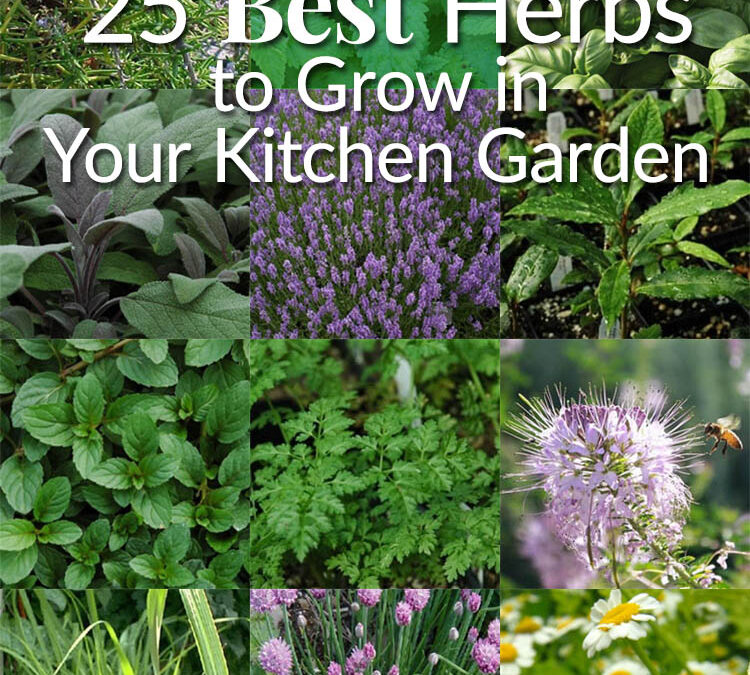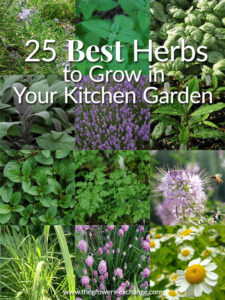Welcome to The Herb Exchange Blog
brought to you by Growers Exchange.
Recent Posts
Our Commitment
We believe in a greener way of living. Hopefully the posts here on The Herb Exchange Blog will help you with knowledge of herbs, gardening, recipes and a healthy life.
The Growers Exchange is committed to a greener way of growing and has been for over 30 years. We deliver healthy herb plants ready to be planted. We deliver your plants at the correct time for your shipping zone in the spring and fall.
The Growers Exchange is where gardeners go to grow since 1985.
The Growers Exchange is committed to a greener way of growing and has been for over 30 years. We deliver healthy herb plants ready to be planted. We deliver your plants at the correct time for your shipping zone in the spring and fall.
The Growers Exchange is where gardeners go to grow since 1985.


